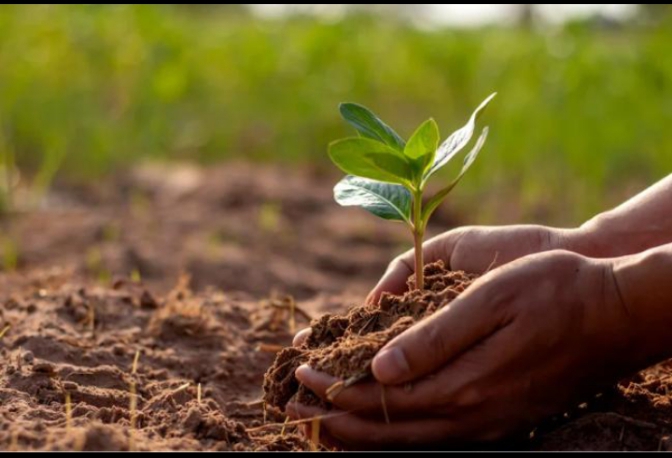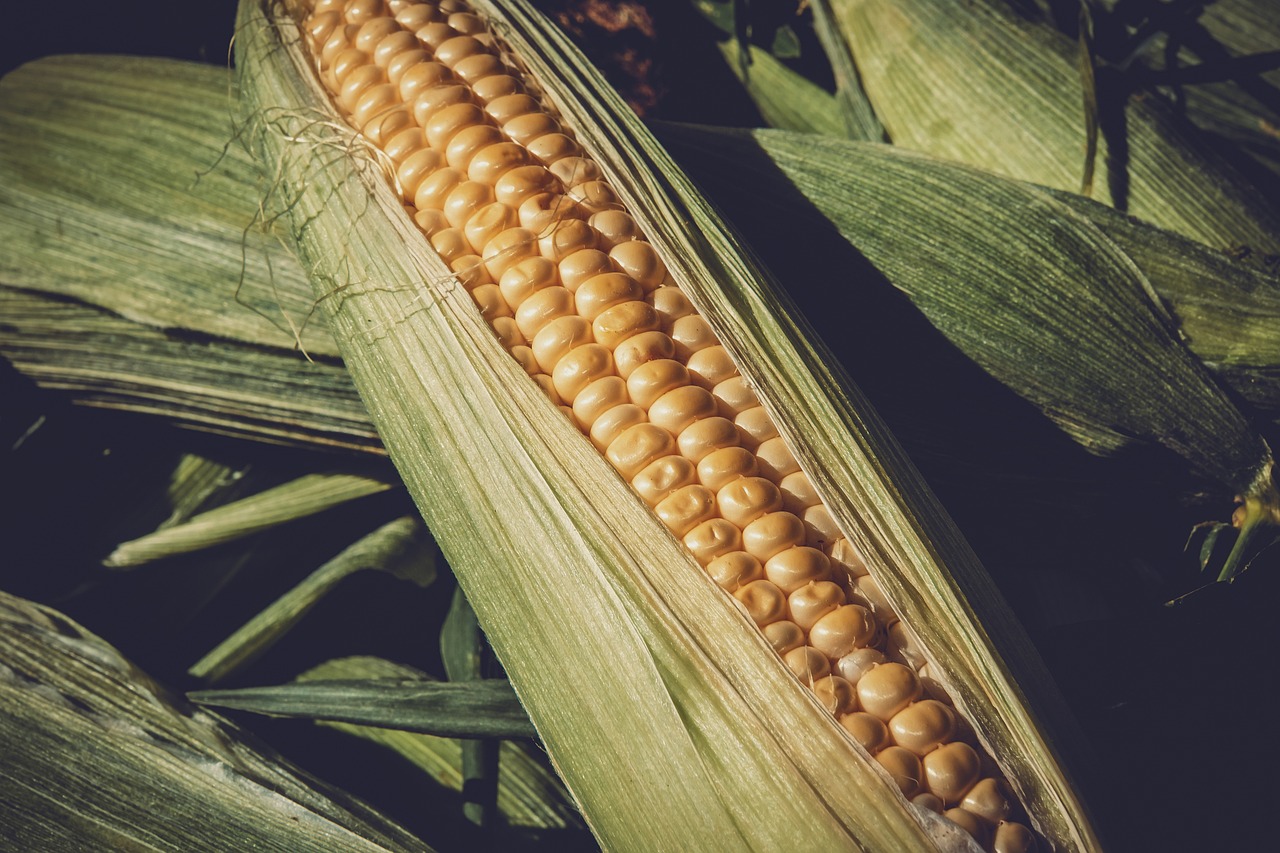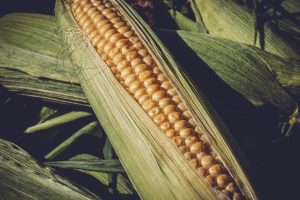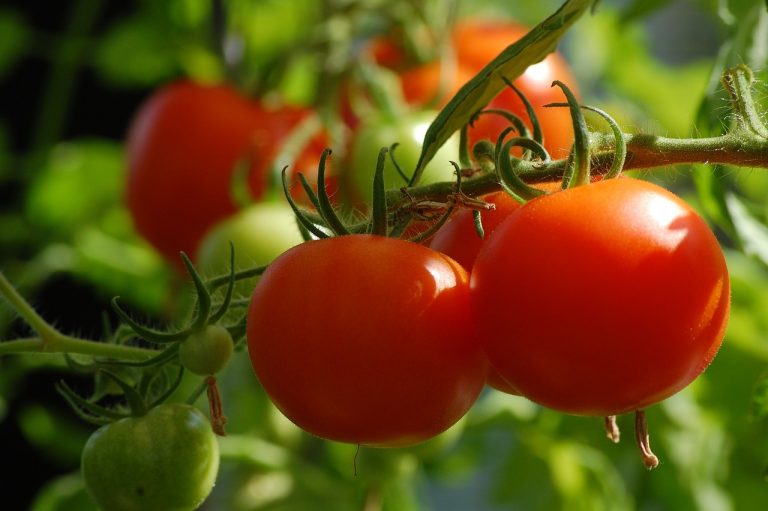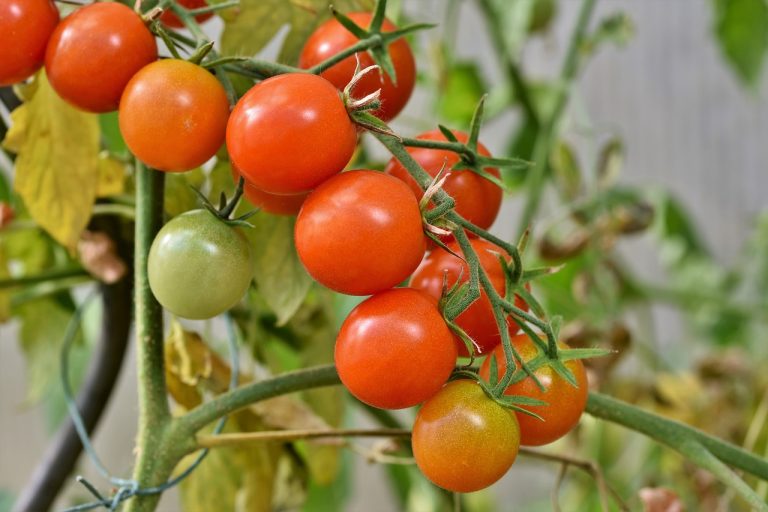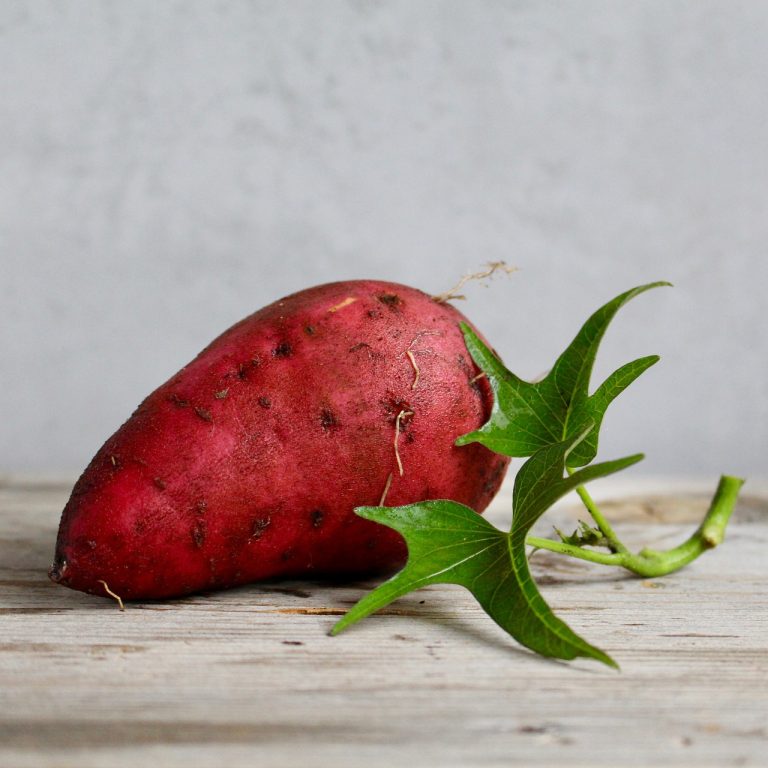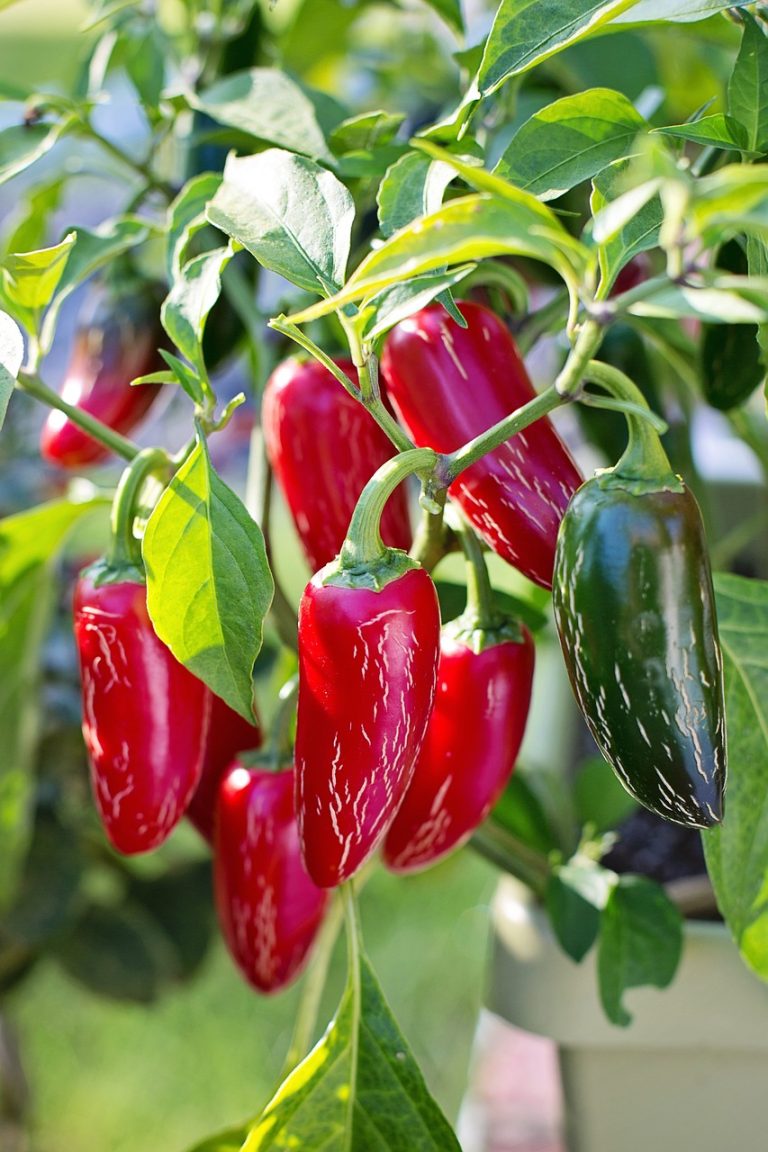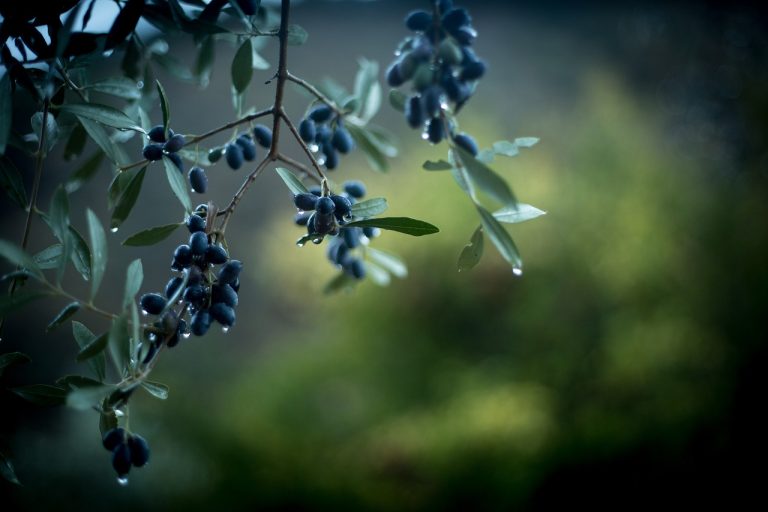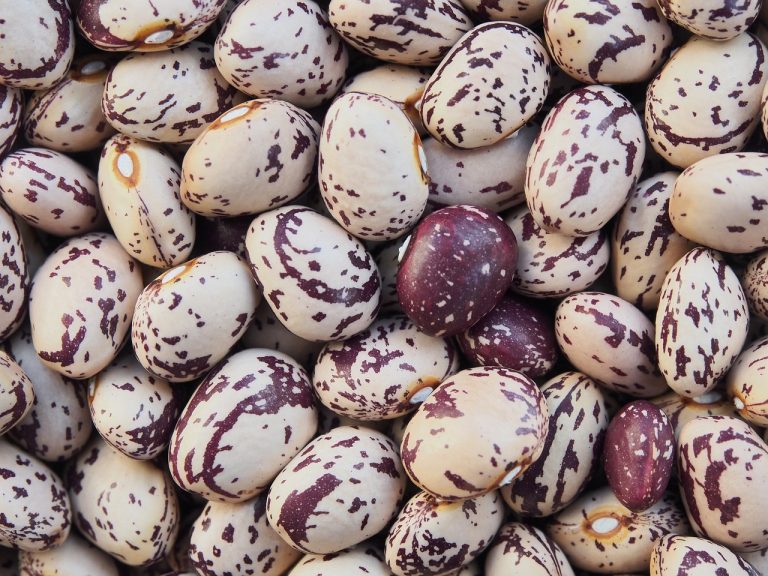HOW TO GROW CORN (4 AMAZING TIPS)
Embarking on the journey of cultivating corn opens doors to a world where the earthy scent of soil mingles with the promise of golden harvests. Growing corn isn’t just about nurturing a crop; it’s a dance with nature, orchestrating sunlight, water, and soil to yield tall stalks crowned with kernels of abundance. From selecting the perfect seeds to coaxing the green shoots from the earth and witnessing them mature into a bounty, the art of growing corn is a story of patience, care, and the wonders of the natural world.
HOW TO GROW CORN?
Corn cultivation involves several key steps for a successful yield. To start, select suitable seeds based on your local climate and soil conditions. Ensure well-drained soil with plenty of sunlight, essential for healthy corn growth.
Plant seeds at the right depth and maintain consistent watering and fertilization throughout the growth cycle. Prevent common diseases by practicing crop rotation and using resistant varieties. Harvest when kernels are mature, ensuring proper drying and storage. Overall, growing corn requires attention to soil, watering, pests, and harvesting to achieve a bountiful yield.
CHOOSING SEEDS
SOIL AND ENVIRONMENT
Selecting the right seeds for your corn crop is crucial for a successful harvest. Soil type and environmental conditions play a significant role in determining which seeds will perform best.
For corn, well-drained soil is essential to prevent waterlogging, which can damage the roots. Sandy loam or loamy soils are generally good choices as they provide good drainage while retaining enough moisture for the plants. Conducting a soil test to understand its pH level, fertility, and composition can also help in choosing seeds that match the soil’s needs.
Regarding climate, corn typically requires a warm climate with plenty of sunlight. It’s essential to consider factors like the length of the growing season, temperature, and precipitation patterns in your region. Some corn varieties might be better suited for cooler climates, while others thrive in hot and humid conditions.
When selecting seeds, look for varieties that are well-adapted to your specific soil and climate conditions. Some seeds are bred to be more drought-resistant, while others may be more disease-resistant or suitable for specific temperature ranges.
Additionally, understanding the maturity rate of different corn varieties is crucial. Depending on your growing season length, you’ll want to select seeds that can mature within the available time frame.
Ultimately, the right seed selection, considering soil type, climate, and maturity characteristics, can significantly impact your corn crop’s yield and health. Consulting local agricultural experts or seed suppliers can also provide valuable insights tailored to your specific area.
PLANTING
WATERING AND FERTILIZING
After planting the seeds at the right depth, it’s crucial to maintain consistent watering, especially during critical growth stages. Adequate hydration supports the germination process and sustains the plants as they develop.
Similarly, proper fertilization is essential for promoting healthy plant growth. Providing the right nutrients at the right time can significantly impact the development of the corn plants. Balanced fertilization ensures that the plants have access to the necessary elements for robust growth, such as nitrogen, phosphorus, and potassium.
Remember to follow recommended watering schedules and fertilizer application guidelines to avoid overwatering or nutrient imbalances, which can adversely affect the crop. Understanding the specific needs of corn plants at different stages of growth will help you provide the ideal environment for their development.
PEST CONTROL
DISEASE PREVENTION
To prevent common diseases such as leaf blights and rust in your corn crop, several strategies can be employed.
CROP ROTATION
Rotate your crops to disrupt disease cycles. Avoid planting corn in the same location year after year. Rotating with different crops can help break the life cycle of pathogens specific to corn.
RESISTANT VARIETIES
Choose corn varieties that are resistant to prevalent diseases in your area. Resistant varieties can significantly reduce the risk of infections and lessen the need for extensive chemical treatments.
TIMELY TREATMENT
Keep a close eye on your crops for any signs of disease. Early detection is crucial. If you notice symptoms of leaf blights or rust, consider timely treatment with either organic or chemical solutions. Organic options like neem oil or copper-based sprays can be effective, while chemical treatments may include fungicides recommended for specific diseases.
CULTURAL PRACTICES
Implement good cultural practices such as proper spacing between plants to improve airflow and reduce humidity around the leaves, which can help prevent the spread of diseases.
HARVESTING
STORAGE AND USAGE
When it’s time to harvest corn, wait until the kernels are mature and plump. The ideal harvesting time is when the kernels are full and have reached their maximum size.
After harvesting, it’s crucial to ensure proper drying and storage to maintain the quality of the corn and prevent mold or spoilage. Thoroughly dry the corn to reduce moisture content, which helps prevent the growth of mold and ensures its longevity during storage. Properly dried corn can be stored in a cool, dry place in well-ventilated containers or bins.
Corn offers versatile usage options. It can be used fresh by cooking or grilling, dried for popcorn or grinding into flour, or processed into various food products such as cornmeal, corn syrup, or ethanol.
Ensuring the corn is properly dried and stored will not only maintain its quality but also preserve its flavor and nutritional value, allowing for various uses and consumption over an extended period.
Frequently Asked Questions (FAQ) about “HOW TO GROW CORN”
How long does it take for corn to grow?
Corn typically takes 60 to 100 days to reach maturity, depending on the variety and environmental conditions.
Can I grow corn in containers?
While possible, corn generally requires a larger space and might not thrive well in containers due to its height and root system.
What are common pests affecting corn?
Common pests include corn earworms, cutworms, and aphids, which can damage crops if not managed properly.
What’s the best time to plant corn?
Plant corn after the last frost when soil temperatures reach around 60°F (15°C) for optimal growth.
How do I know when corn is ready to harvest?
Corn is ready for harvest when the kernels are fully developed, plump, and exude a milky substance when punctured.
What nutrients does corn need?
Corn requires nitrogen, phosphorus, and potassium for healthy growth, often supplemented through fertilizers.
Can I grow corn in any type of soil?
Corn prefers well-drained soil with good fertility. Sandy loam or loamy soils are ideal, but soil amendments can improve less suitable soils.
How often should I water corn plants?
Consistent watering, ensuring the soil stays moist but not waterlogged, especially during critical growth stages, is crucial.
Do I need to hand-pollinate corn?
Corn plants are wind-pollinated, so manual pollination isn’t necessary in most cases.
Can I save seeds from harvested corn for planting next year?
Yes, you can save seeds from open-pollinated or heirloom corn varieties for planting in subsequent seasons, ensuring proper storage and care.
CONCLUSION
The journey of growing corn is a testament to the marvels of agriculture and the intricate dance between human effort and nature’s generosity. From the careful selection of seeds to the diligent nurturing through planting, watering, and protecting the crop from pests and diseases, each step contributes to the tapestry of a successful harvest.
As the kernels mature and the time for harvesting arrives, it’s a culmination of dedication, knowledge, and a profound respect for the cycles of life. Embracing the process of growing corn offers not just a bounty of produce but a deeper connection to the rhythms of the earth and the rewards of diligent stewardship.
